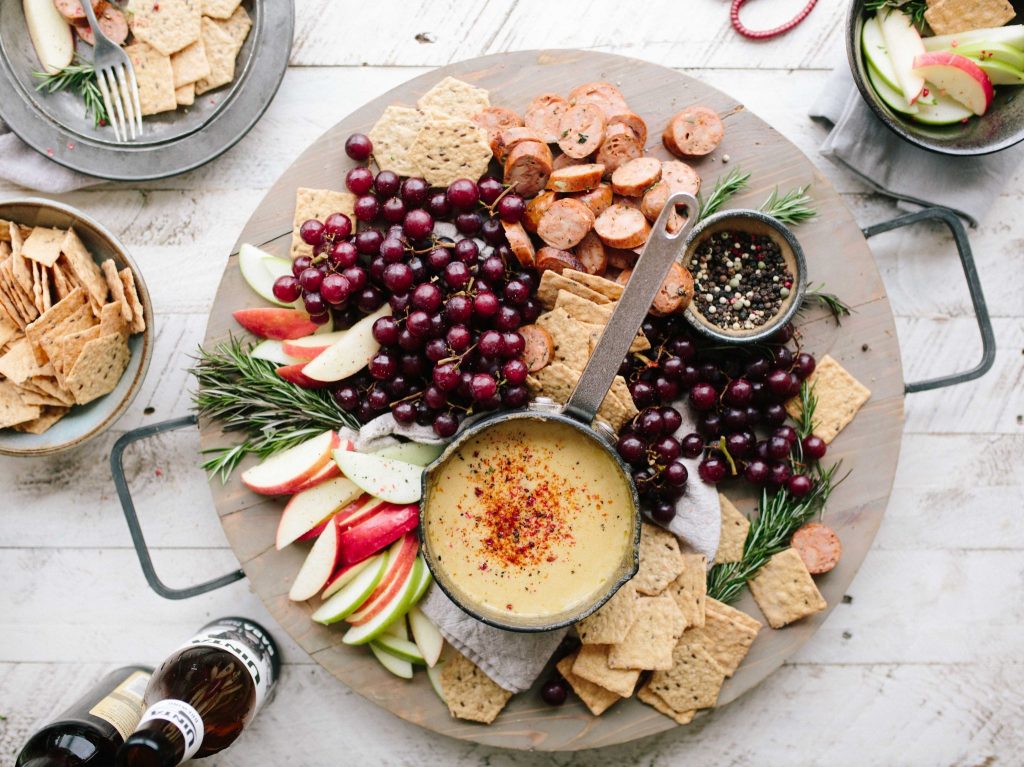Food and beverage manufacturers are increasingly recognising the value of Quality Management Systems (QMS) as a way to meet customer requirements and remain competitive. Companies who are thinking of going the QMS route have to define product quality and establish sensory specifications. While quality products may be defined as “free of taint” and “wholesome” during the duration of the shelf life, a quality product may also be defined by a combination of desirable colour, aroma, flavour and texture attributes.
The Safe Quality Food code (SQF edition 7.2 level 3), for example, mandates the use of “sensory analysis […] to verify customer specifications have been met.” In addition, the code stipulates that product sensory attributes must be assessed and documented throughout the product shelf life. In Europe, the agricultural product quality policy (EU regulation N°510/2006) regulates the quality control of Protected Geographical Indication (PGI) and Protected Designation of Origin (PDO) products. This quality assessment which is based on sensory parameters is, according to experts, “fundamental for preserving the market position and profitability, and for maintaining consumer confidence and loyalty toward the product.”1 According to an external review financed by the European commission, Geographical Indications (GI) products command a price premium over their corresponding standard products. Study results show that organoleptic characteristics represent a key factor of GI product differentiation in the market place.
Food sensory experts recognise that sensory evaluation methods are still not fully accepted and established in industry.2 This is primarily due to cost and practical barriers and in some cases a lack of in-house expertise. Sensory scientist Alejandra Muñoz, in a 2002 research publication, provides an overview of sensory practices for food quality control and identifies the minimum requirements for an effective sensory program.2 Key factors include the following:
– Management support
– Scientifically valid sensory methodologies
– Defined product sensory attributes including critical limits/specifications
– Training program for panelists that includes sensory references and standards
– Best practice sensory procedures and experimental design
– Panel motivation and performance program
– Use of sensory data in business decisions
One critical element of the sensory program is the determination and validation of product sensory specifications.2 Variability studies must be conducted to define a product’s critical sensory attributes, its typical variability (process variability as well as variability in the market place) as well the correct terminology to describe it. Once the product sensory specifications are defined and a control or standard product is available, a sensory test must be selected. The most suitable sensory methods in quality control include descriptive methods such as descriptive analysis or/and “difference from control” tests.3 When thinking of establishing a sensory program, the American Society for Testing and Materials (ASTM), now known as ASTM International, offers a practical sensory manual for food quality control. While this resource is a first step towards the implementation of a sound sensory program, the services of a sensory consultant may be required to ensure that sampling plans and procedures are adequate and that the right testing methods meet business objectives.
A case study published by a team of European sensory scientists illustrates this last point. The experts reviewed the sensory program of an association of Italian cheese producers.1 The 2-part study consisted in a review of sensory procedures and data collected over a period of 8 years and ended with a review of implemented recommendations that covered an additional 3 years of sensory records. The objectives of the study were to recommend best sensory practices with procedures that could be “efficiently executed, controlled and verified.” Part one of the review led to the development of a Quality Plan in which the following Critical Quality Points (CQP) were identified: Sampling and Experimental Design, Panel, Evaluation Procedures and Data Treatment. The second part of the study assessed the positive impact of improvements on sensory data reliability using statistical analysis. On a practical level, the authors pointed out that product sampling had to be random and representative of production volumes. Sampling also required adequate planning and tracing at regular frequencies. The use of a trained and consistent panel was critical to obtaining reliable sensory data. Furthermore, the sensory procedures needed to be free from bias. This meant that psychological and physical factors that would affect the sensory judgement had to be reduced or eliminated. The sensory procedures also needed to include replicate samples in an attempt to assess panelists’ performances. The report also included a final list of recommendations for continuous improvement. The authors highlighted the need for sensory criteria to be defined based on customer specifications. They also emphasized the importance of statistical tools to collect, analyse and validate sensory data. Last but not least, they stressed the need to provide feedback to cheese producers on sensory results to obtain buy-in and support for sensory evaluation.
References
1- Endrizzi, I., Aprea, E., Biasioli, F., Corollaro, M. L., Demattè, M. L., Penasa, M., . . . Gasperi, F. (2013). Implementing sensory analysis principles in the quality control of PDO products: A critical evaluation of a Real‐World case study. Journal of Sensory Studies, 28(1), 14-24.
2- Muñoz, A. M. (2002). Sensory evaluation in quality control: An overview, new developments and future opportunities. Food Quality and Preference, 13(6), 329-339.
3- Costell, E. (2002). A comparison of sensory methods in quality control. Food Quality and Preference, 13(6), 341-353.





